Camilla Araujo Leaks: Unpacking The Digital Storm & Its Impact
Table of Contents:
- Introduction
- Who is Camilla Araujo?
- The Anatomy of a Digital Storm: The Camilla Araujo Leaks
- The Vulnerability of Content Creators: OnlyFans and Beyond
- The Pervasive Issue of Non-Consensual Intimate Imagery (NCII)
- Fighting Back and Seeking Justice
- Platform Responsibility and Moderation Challenges
- Protecting Your Digital Footprint: Lessons from the Leaks
- Conclusion
Introduction
The digital landscape, while offering unprecedented opportunities for connection and expression, also harbors significant risks, as tragically highlighted by the recent incident involving Brazilian social media influencer and model, Camilla Araujo. The phrase "camillaaraujo leaks" has unfortunately become a stark reminder of the fragile nature of online privacy and the devastating consequences of non-consensual content sharing. This incident, which saw intimate videos and images of Araujo circulated widely across the internet without her consent, has sent shockwaves through her community and beyond, igniting crucial conversations about digital ethics, consent, online harassment, and the inherent vulnerabilities faced by individuals in the public eye.
This article delves deep into the specifics of the Camilla Araujo content leak, exploring not only the immediate impact on the individual but also the broader implications for content creators, digital platforms, and the general public. We will examine the mechanisms through which such private content can be exposed, the legal and ethical frameworks surrounding non-consensual intimate imagery (NCII), and the vital steps individuals and platforms can take to mitigate these risks. Our aim is to provide a comprehensive understanding of this complex issue, emphasizing the importance of digital safety, respect, and the fight against online exploitation. By dissecting this case, we hope to contribute to a more informed and responsible digital ecosystem for everyone.
Who is Camilla Araujo?
Camilla Araujo is a prominent Brazilian social media influencer and model who has cultivated a significant following across various platforms. Known for her engaging content and vibrant online presence, she has built a career around her digital persona, connecting with fans and collaborating with brands. Like many contemporary influencers, a portion of her work likely involved creating exclusive content for subscription-based platforms such as OnlyFans, where creators can monetize their unique material directly from their audience. Her journey as a public figure underscores the dual nature of digital fame: while it offers opportunities for connection and income, it also exposes individuals to heightened scrutiny and, unfortunately, potential exploitation.
As a public figure, Camilla Araujo's life, both professional and personal, often garners significant attention. This heightened visibility, while a cornerstone of her career, also inadvertently made her a target for those seeking to exploit or sensationalize private moments. The incident surrounding the "camillaaraujo leaks" tragically illustrates how even established figures with large followings are not immune to the severe consequences of digital privacy breaches. Her experience highlights the urgent need for robust security measures and a collective commitment to upholding ethical standards in the online realm, ensuring that an individual's right to privacy is respected, regardless of their public profile.
Personal Data & Biodata: Camilla Araujo
| Category | Details |
|---|---|
| Name | Camilla Araujo |
| Nationality | Brazilian |
| Profession | Social Media Influencer, Model, Content Creator |
| Known For | Online presence, intimate content on platforms like OnlyFans |
| Key Incident | Non-consensual circulation of private videos and images (camillaaraujo leaks) |
The Anatomy of a Digital Storm: The Camilla Araujo Leaks
The incident involving Camilla Araujo began when intimate videos and images, reportedly including content from her OnlyFans account and potentially other private sources, were disseminated across various corners of the internet without her explicit permission. Phrases like "camilla araujo's leaked nude videos," "trending onlyfans content," and "viral adult videos" became associated with her name, indicating the breadth and nature of the unauthorized circulation. This type of content, often referred to as non-consensual intimate imagery (NCII), can spread rapidly across social media platforms, illicit file-sharing sites, and dedicated pornographic websites like Lewdstars and Erome, where thousands of people daily engage with free photos and videos, often without questioning the origin or consent behind the content.
The rapid spread of the Camilla Araujo leaks underscores several critical aspects of digital information flow: the ease with which private data can be copied and shared, the challenge of removing content once it's online, and the insatiable demand for "exclusive" or "leaked" material. For instance, the mention of "camilla araujo bare nude shower video leaked on lewdstars" points to the specific nature of some of the content and the platforms it found its way onto. This digital storm not only exposed Araujo’s private content but also subjected her to immense public scrutiny, online harassment, and a profound invasion of her personal space. The very platforms designed for sharing and connection can, in the wrong hands, become instruments of exploitation and harm, highlighting a significant paradox in our digital lives.
The incident demonstrates how quickly private moments can become public spectacles, often with devastating consequences for the individual involved. The speed and reach of online dissemination mean that once content is out, it is incredibly difficult, if not impossible, to fully contain or erase it. This creates a perpetual state of vulnerability for victims, who may constantly fear the reappearance of the content and the associated trauma. The case of the camillaaraujo leaks is a stark reminder of the viral nature of unauthorized content and the profound challenges in mitigating its spread.
The Vulnerability of Content Creators: OnlyFans and Beyond
The "camila araujo onlyfans leak," specifically highlighted by the June 18, 2024, incident, brought into sharp focus the inherent vulnerability of content creators on platforms like OnlyFans. While these platforms offer a direct avenue for creators to monetize their work and connect with subscribers, they are not entirely impervious to data breaches, account compromises, or the malicious actions of individuals who might subscribe to content only to then redistribute it without permission. The incident not only exposed Araujo’s private content but also raised serious questions about the security protocols of such platforms and the legal recourse available to creators when their intellectual property and privacy are violated.
Content creators, particularly those producing adult or intimate material, often face a unique dilemma. They operate in a space where their personal brand is intertwined with their content, making them prime targets for those seeking to exploit or defame them. The leak of Camilla Araujo's private content serves as a stark reminder that even with sophisticated security measures, the human element – whether through social engineering, account hacking, or simply the malicious act of a subscriber – remains a significant weak point. This vulnerability extends beyond OnlyFans to any platform where creators share personal or exclusive content, emphasizing the need for creators to be hyper-aware of digital hygiene and for platforms to continuously enhance their security and enforcement mechanisms. It underscores the critical need for platforms to not only protect data but also to actively combat the non-consensual sharing of content, which is a direct violation of their users' trust and rights.
Furthermore, the financial incentive for some individuals to leak content from subscription-based platforms adds another layer of complexity. Subscribers who pay for exclusive access might then choose to distribute that content for free, either for notoriety, financial gain (e.g., through ad revenue on illicit sites), or simply out of malice. This practice undermines the creator economy and puts creators at significant financial and reputational risk. The Camilla Araujo leaks exemplify how a creator's livelihood and personal well-being can be jeopardized when their content is stolen and shared without consent, highlighting the urgent need for stronger legal protections and more effective content moderation.
The Pervasive Issue of Non-Consensual Intimate Imagery (NCII)
The "camillaaraujo leaks" are a prominent example of a much larger and more insidious problem: the pervasive issue of Non-Consensual Intimate Imagery (NCII), often referred to as "revenge porn" or image-based sexual abuse. NCII involves the distribution of sexually explicit images or videos of an individual without their consent, often with the intent to harass, humiliate, or extort. This phenomenon has devastating consequences for victims, impacting their mental health, relationships, careers, and overall sense of safety and privacy. It represents a severe form of gender-based violence and digital abuse, leveraging technology to inflict profound harm.
Understanding Consent in the Digital Age
At the heart of NCII is a fundamental violation of consent. In the digital age, consent for sharing intimate content must be explicit, ongoing, and revocable. Just because someone shares intimate content with one person, or for a specific platform, does not grant permission for that content to be shared with anyone else, anywhere else, at any time. The leak of Camilla Araujo's private content unequivocally demonstrates a breach of this fundamental principle. Her content was circulated "without her," meaning without her permission, knowledge, or desire for it to be public. This highlights:

Any leaks? | Scrolller

👉 Toree Nude OnlyFans Leaks | AlbumPorn™

Toni-Camille Leaks: The Untold Story - TAMU